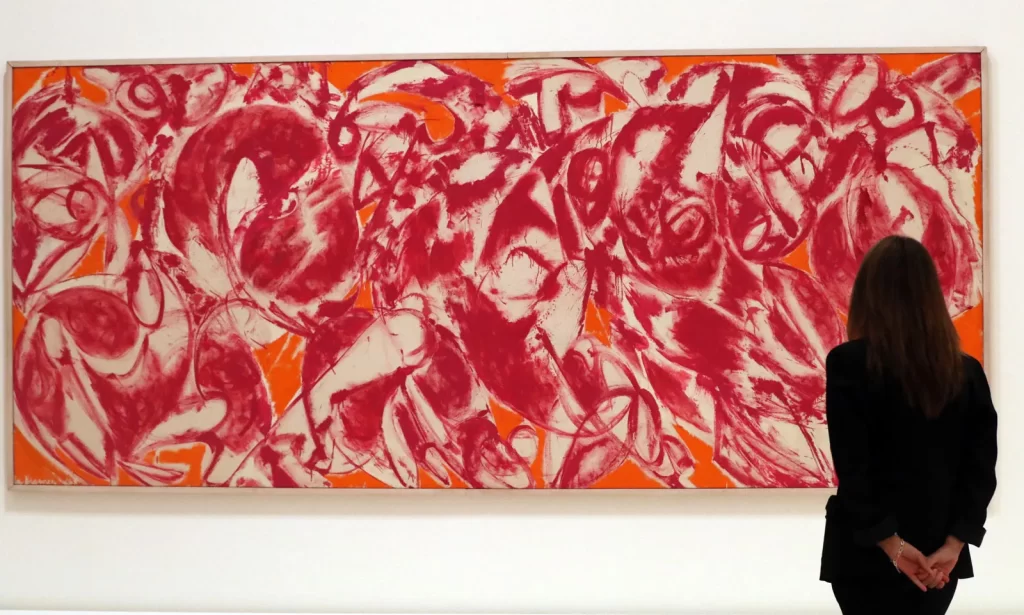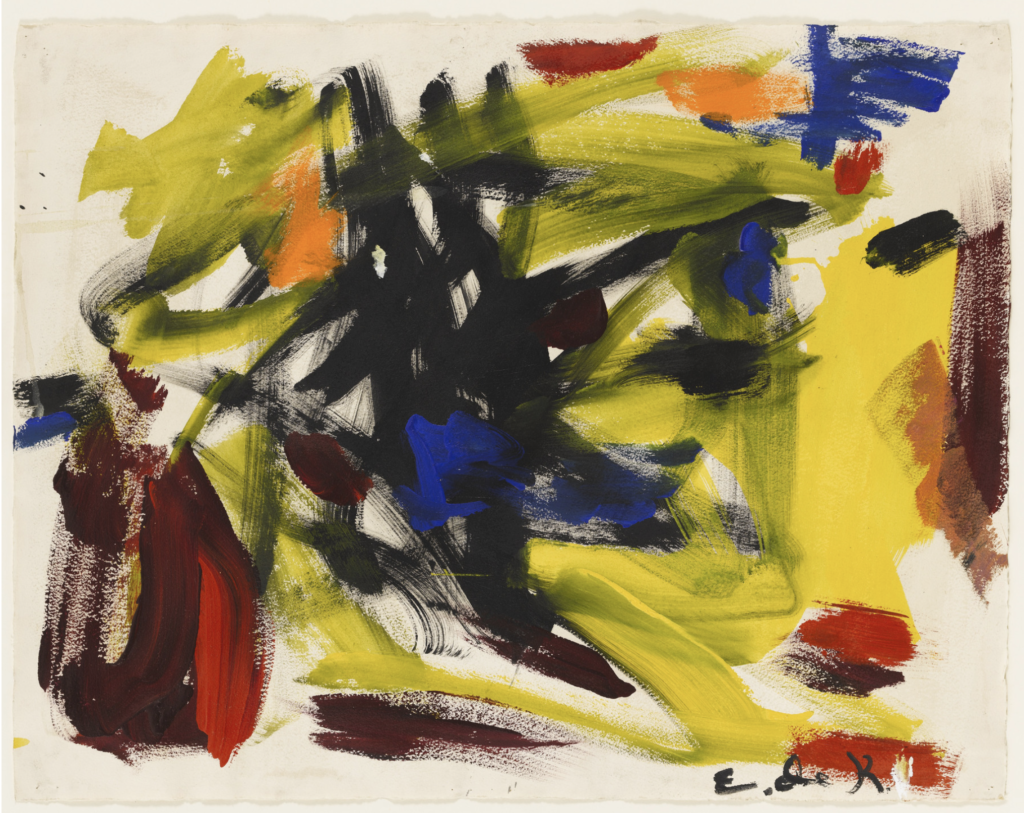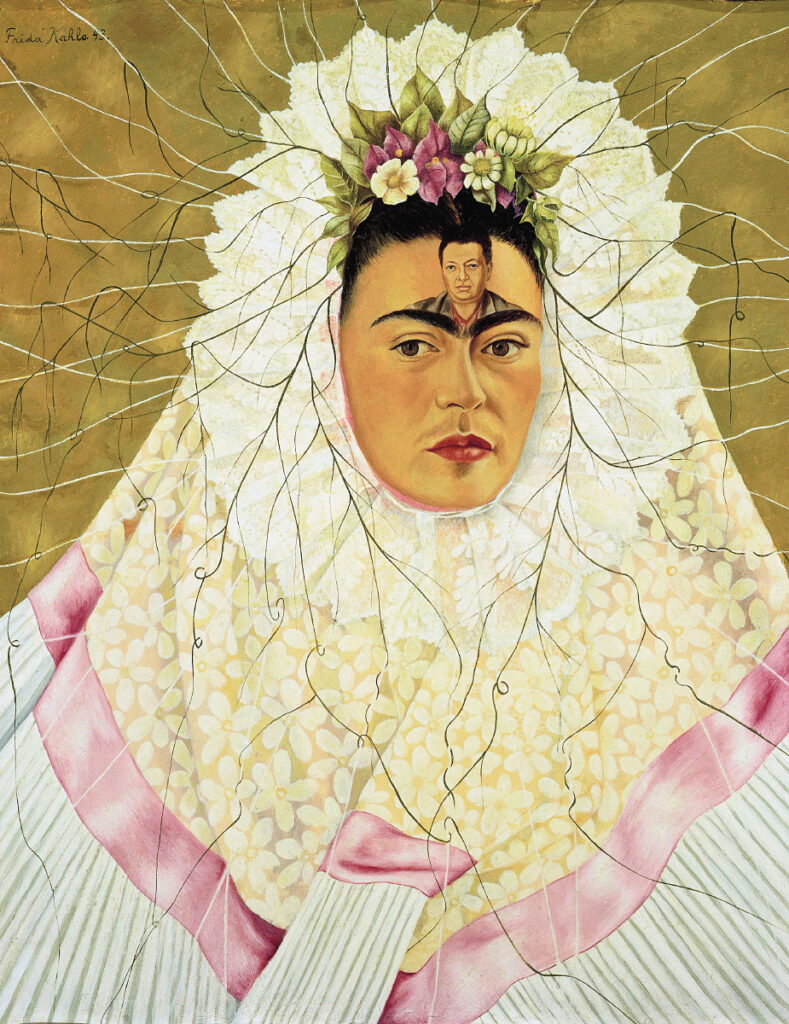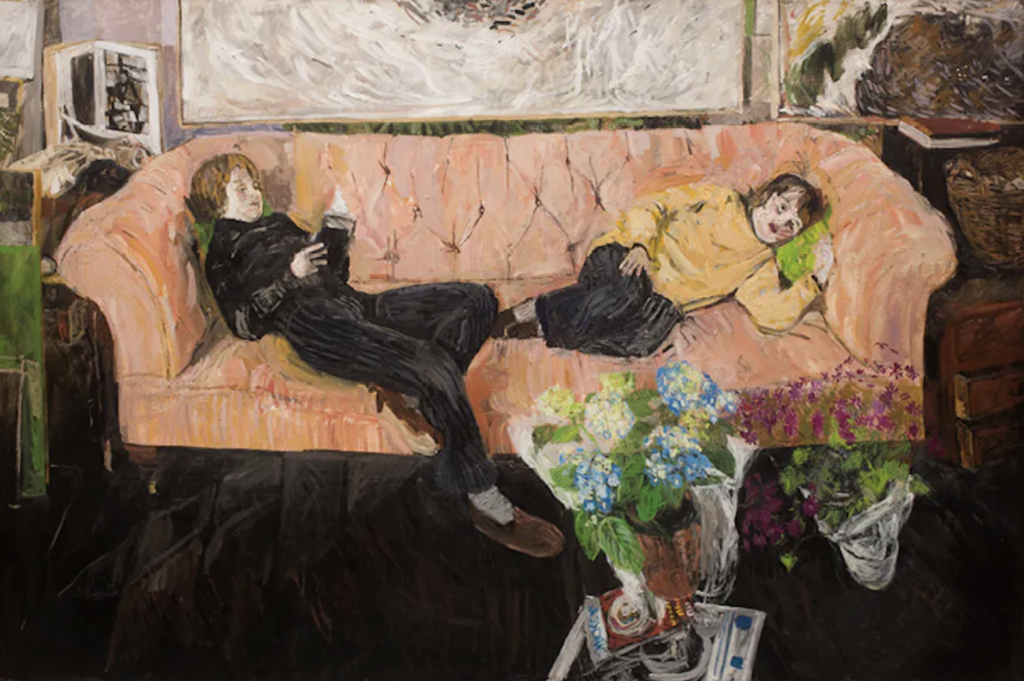Iconic Families of Artists concerning the Female Perspective
by Mihaela Manolache
In November 2017 BBC Arts opened an exhibition commemorating 100 years since Auguste Rodin’s death. A big part of the show underlined how Camille Claudel was not only a muse of Rodin but also a talented sculptor shadowed by the grand masters’ aura. Claudel’s particular case is not unique as throughout history women artists have been for a long time obscured in relationship to their male partners. The art world has been dominated by male artists for centuries and women, regardless of their talent, were considered anything but artists. Current research reveals that women have been interested in art as a profession since the late Renaissance. Names such as Lavinia Fontana (1552–1614) or Plautilla Nelli (1524–1588) are little known to the large public but of great interest in art history, with veritable contributions.
GET MORE FROM LEVEL

In most cases, if the female artist was married to a notable male artist, she would have been perceived only as his beloved wife. Her passion for art and her creations were often ignored by the public and by her own husband. In recent history, some artists’ wives succeeded to break the ice and managed to impose themselves as fully acknowledged artists with powerful creativity and meaningful works of art. We will have a look at how Lee Krasner, Elaine de Kooning, Frida Kahlo, and Jean Cooke developed an original style in parallel to their husbands’, established artists Jackson Pollock, Wilhelm de Kooning, Diego Rivera, and John Bratby.
Krasner & Pollock
Lee Krasner and Jackson Pollock are one of the most famous and prolific couples worldwide. Although Krasner is mostly known as Mrs. Pollock and not the artist Lee Krasner, she was a creative force before meeting Pollock and became accomplished as an artist only after his death. During their marriage, she scarcely painted.
Krasner was fascinated by Pollock’s personality and creativity and directed all her strength, time, and efforts toward supporting his art. She was the one who presented Pollock to one of his greatest art patrons, Peggy Guggenheim. Repeatedly Guggenheim organized private shows and exhibitions for Pollock, awarding him scholarships and obtaining favorable art reviews for him. Despite these small successes, Pollock was not able to break the ice until he found his technique, the dripping paintings. He lived with Krasner and worked in a barn on a secluded farm outside New York. She was like a guardian angel for the American artist, showing devotion, empathy and inspiration. Krasner influenced Pollock in a positive way and helped him give up drinking for two years consecutively. Krasner even gave up being a mother to support her husband’s needs. After Pollock invented his technique, their marriage began to fall apart, with numerous conflicts, love affairs, culminating with Pollock’s death at only 44 years in a car accident.

As adults, we engage with art in a creative approach. We become curious and imaginative After the tragic event, Krasner began to live again and painted her best artworks. She continued to live and work in the same barn where Pollock used to paint. It is yet not sure if Krasner influenced Pollock’s creation or vice versa, but their story speaks about true art, support, inspiration, and love and today critics recognize the artistic merits of both of them.
de Koonings
Willem and Elaine de Kooning represent the image of an active, forever searching and financially accomplished couple. Willem, a Dutch rigorous painter. Elaine, a fearless and highly intelligent lady with strong portraiture interests. Willem taught Elaine how to look at an object and how to draw it while he became the representative artist of Abstract Expressionism of the 20th century.
Close friends say they experienced love at first sight and were participating together at social meetings and exhibition openings. Elaine with her clear opinions and witty reasoning could discuss art theory with some of the greatest artists and critics such as Franz Kline, Barnett Newman, Harold Rosenberg, or the Art News editor Thomas B. Hess. She persuaded them to promote her husband’s art and worked endlessly toward supporting him in his creation. In comparison to Pollock’s faith, Willem de Kooning became a worldwide appreciated artist, with enough financial gain.

However, due to too many affairs, the couple separated and Elaine needed to support herself. As she was a highly social person, she took short-term jobs as a teacher and continued to draw. She was quick, talented, and beautiful. Her greatest commission was the portrait of President John F. Kennedy for which she worked for almost one year.
Elaine de Kooning is today remembered as a fascinating personality, with personal language in Abstract Expressionism and portraiture, vivid critique, a loyal friend, and a supportive wife. To rediscover her art, in 2015 the National Portrait Gallery in Washington, D.C. organized an exhibition in her honor, capturing all the aspects of her life expressed in paintings and superb drawings.
Kahlo & Rivera
The two Mexican artists Frida Kahlo and Diego Rivera had a tumultuous love story that hit the TV screen decades after their death. She was a small feminine lady, with many health issues, prone to depression, and obsessed with her image. He was an accomplished well-known mural artist, and was 20 years older than her. The couple married twice, after a one-year divorce but remained tight up and painted each other for 25 years.
Frida was not a perfect wife, all the contrary, she and Diego would have messy fights passing from resentment to adoration, from intense social connections to total solitude and separation. She could not suffer her husband’s affairs and would often be involved in love affairs only to spite Diego. Her work consists mainly of self-portraits where she depicts her suffering, be it physical or romantic. Kahlo’s epic portrait “Diego in my mind” suggests how she is trapped in an all-consuming relationship. Kahlo never considered herself an artist and she venerated Diego for his success.

Today critics recognize Kahlo’s contribution toward modernism, as an icon for feminist art. Kahlo passed from deeply personal creations and meaningful introspections to physical pain paintings. Diego was amazed by her pure talent and was struck by how Frida associated their figures with both modern and traditional symbols, innocent and severe likewise. Diego assessed Frida as possessing “a merciless yet sensitive power of observation”.
Jean Cooke & John Bratby
John Bratby is considered one of the main artists representing the post-war “kitchen sink” movement in Britain, depicting life in its messy or gloomy aspects. Cooke and Bratby studied art together in London and became a couple later and had four children. While Cooke gained herself credits in the art world, Bratby urged her to sign the paintings with Cooke, Jean’s maiden name. Bratby seems to have used some of Cooke’s canvas for his works, painting on top of his wife’s creations. Their marriage proved to be a sacrifice Cooke made in order to keep the family united and not to bother her husband. She was allowed to paint only a few hours per day, she used to pose for him, supported his activity, and sacrificed her canvas.

Cooke lasted in this toxic relationship for over 25 years. Due to her husband’s jealousy she could not follow to the end her creative emotions. She divorced him in 1977 and her resilient character helped to continue her journey in painting. Many of her self-portraits are strikingly dramatic, presenting several stories and layers to be read by the viewer. Cooke’s portraits ask questions about how we consider artists, especially female ones. By showing personal struggles, the artists are revealing the foundations of their art.
Cooke, Kahlo, Elaine de Kooning, and Krasner are just a few examples of impressive female artists who have been swept over in the rush of art history. As gender differences are fading away, today we rediscover female personalities with incredible artworks, ahead of their time, self-depicted in intimate gestures based on a truthful representation. Artists, regardless of age, sex, religion, or nationality are looking to paint a universal message, incorporating human emotions through original artistic language and techniques.

Leave a Reply